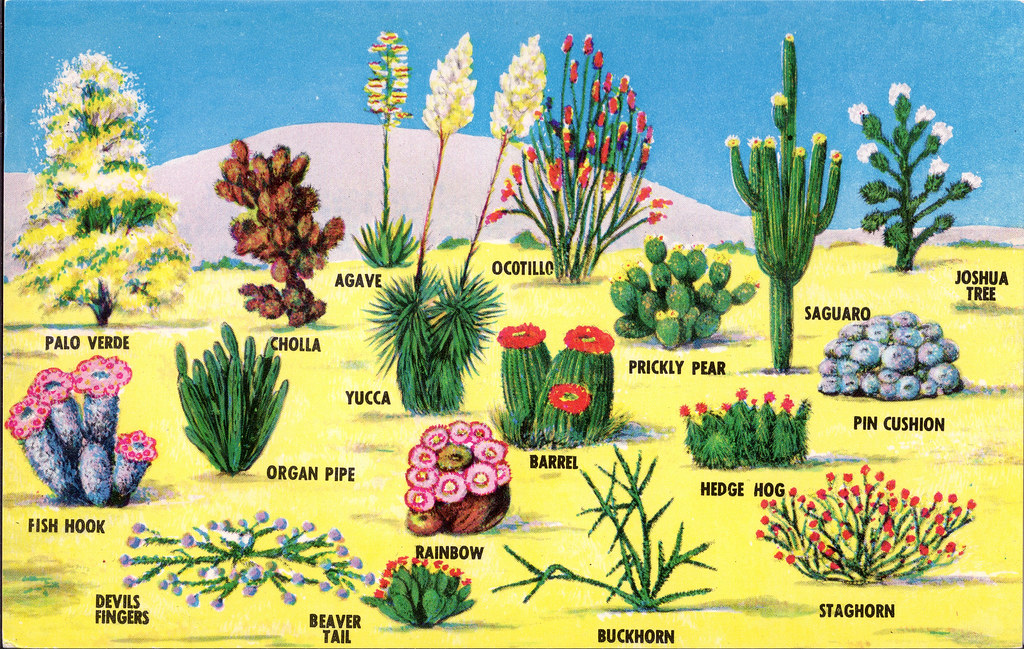Plants in Australia’s Deserts: Unique Flora That Survives the Heat
Australia’s arid landscapes may appear barren at first glance, but they harbor a remarkable array of flora that has evolved intricate adaptations to survive extreme conditions. The combination of scorching temperatures, scarce water, and nutrient-poor soils is a formidable challenge, yet these unique plants thrive against the odds. Let’s embark on a journey through this captivating ecosystem, exploring the incredible botanical life that calls the desert home.
Desert ecosystems in Australia are primarily located in the central and western regions of the country, where you’ll find diverse species perfectly honed to their habitats. The climax of adaptation can be witnessed in plants such as the notorious Wattle and the iconic Sandhill Daisy. These species exhibit an array of survival strategies that capture the essence of resilience.
One of the remarkable survival strategies employed by desert flora is water conservation. Many Australian desert plants possess thick, waxy coatings on their leaves, minimizing water loss during the blistering heat of the day. For instance, the Spinifex grass has specialized leaves that roll up during the hottest parts of the day, reducing the surface area exposed to scorching sunlight. This ingenious adaptation not only limits water evaporation but also helps the plant regulate its temperature.
In addition to water conservation, the remarkable ability of these plants to tolerate extreme temperatures is noteworthy. Species such as the Mulga are equipped with extensive root systems, reaching deep into the soil to access moisture that’s often miles below the surface. This deep-root penetration allows these plants to thrive even in prolonged dry spells. Moreover, many plants have evolved to enter a state of dormancy during particularly harsh conditions, conserving energy and resources until the environment becomes more favorable.
Moreover, desert flora exhibit a captivating array of colors and shapes that serve distinct purposes. The vibrant yellow of the Western Australian Sturt’s Desert Pea not only attracts pollinators but also plays a crucial role in the plant’s reproductive cycle. Its unique structure, with large, flat petals, facilitates pollination by native bees, ensuring the continuity of this stunning species. Likewise, the ghostly appearance of the White Mallee, with its sturdy white bark and leaf structure, provides ideal camouflage against the predatory eyes of herbivores.
Another fascinating aspect of Australian desert plants is their relationships with other organisms. Mutualism is abundant here; many plants form associations with fungi, creating a mycorrhizal network that enhances nutrient uptake. Such collaborations demonstrate the intricate web of life sustaining the harsh desert environment. For example, the Acacia tree not only shelters various insects but also provides essential nutrients to the soil, enriching the ecosystem overall.
One cannot overlook the critical role of adaptation in the face of climate change. As temperatures rise and precipitation patterns shift, these tenacious plants are at the forefront of ecological change. Their resilience offers valuable insights into survival strategies that can inform conservation efforts globally. Protecting these unique species is not solely an environmental necessity; it is an opportunity to learn from nature’s ingenuity in the face of adversity.
As we consider the future of Australia’s deserts, the need for awareness and stewardship becomes paramount. These ecosystems are not only home to extraordinary plant species but are also vital in maintaining ecological balance. Engaging younger generations in conservation efforts can spark a collective responsibility to safeguard these remarkable landscapes and the unique flora that survives within them.
In conclusion, the deserts of Australia are home to an astonishing variety of life that defies conventional understanding of what constitutes vegetation. From water conservation techniques to symbiotic relationships, the flora found in these arid regions reveals nature’s brilliance and resilience. By fostering a deeper appreciation for this unique environment, we can inspire future generations to protect and nurture the wonders of our natural world.
You May Also Like
Best Fish to Catch in Australia: A Guide for Anglers
Australia boasts an extraordinary diversity of fish species, making it …
Emily Bay Norfolk Island: A Hidden Gem in the Pacific
Emily Bay, a picturesque enclave nestled on the sun-kissed shores of …
Holidays on August 23: Global Festivities & Observances
August 23 is a date that carries a bouquet of cultural significance …





